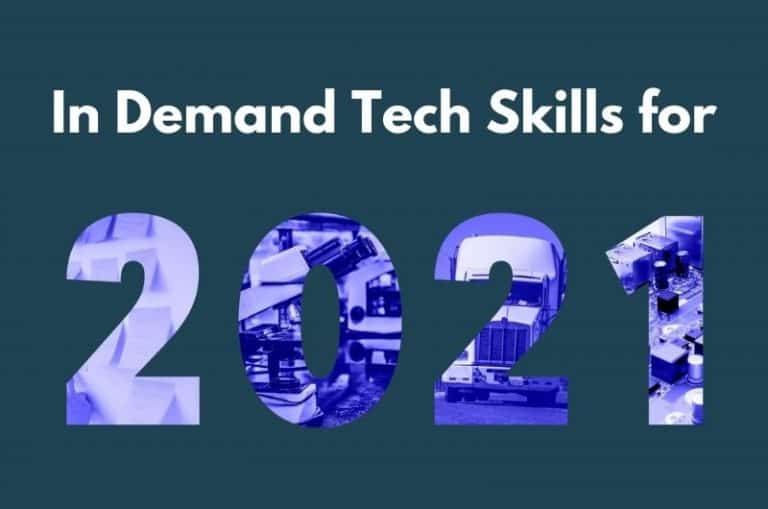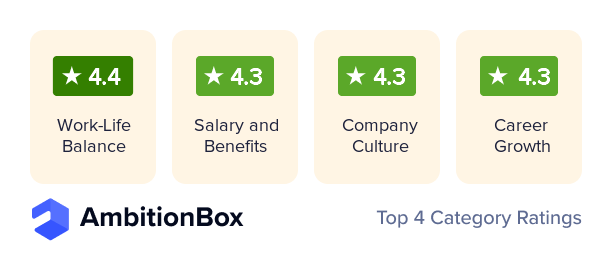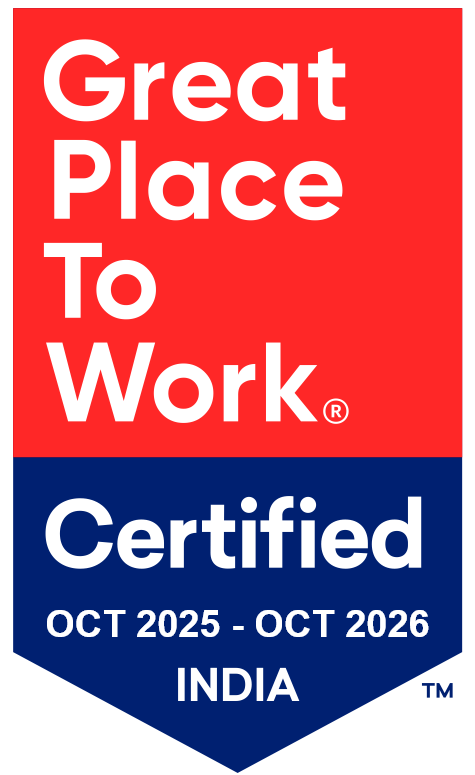We have covered two key cloud technologies/vendors – AWS and Microsoft Azure, which together constitute more than 50% of the global cloud infrastructure space, namely Infrastructure-as-a-service. While the Google Cloud Platform has shown impressive results, its overall market share of 6% is way smaller than the top 2. The report consists of the standard sections that are generally covered – basics of cloud computing, market structure/share. We have focused on showcasing the certification architecture of both AWS and Azure which provides a heads-up in to the certification paths that professionals need to take.
On the market, Public Cloud Services is one of the key expansion areas for enterprises and businesses. Two important factors – moving of businesses/operations online and the increased importance of cost rationalization are driving this market. SaaS, the largest component within Public Cloud is expected to touch US$105bn in 2020. Due to the ongoing pandemic, there could be slowing down of hiring across key industries but structural issues pertaining to talent, viz – relative scarcity of talent with respect to demand and companies moving their computing to virtual can help sustain the growth. Public Cloud revenue is set to expand by 6.3% in 2020.
As per Gartner, filling a cloud related position is one of more challenging aspects, with a difficulty score of 78 out of 100. 46 days is what is needed on an average to fill a position as some of the roles need critical skills that are in short supply – Container Administration, Docker, DevOps, Cloud Security and the like. The bulk of the cloud jobs in the US are in two categories; about 75% of them belong to either the entry-level or the associate levels. DevOps is the most important skill area within Cloud Computing even surpassing Data Science, and Machine Learning.
Delve in to our report to find out more about the talent trends, salary data and aspect relating to hiring cloud computing talent.











